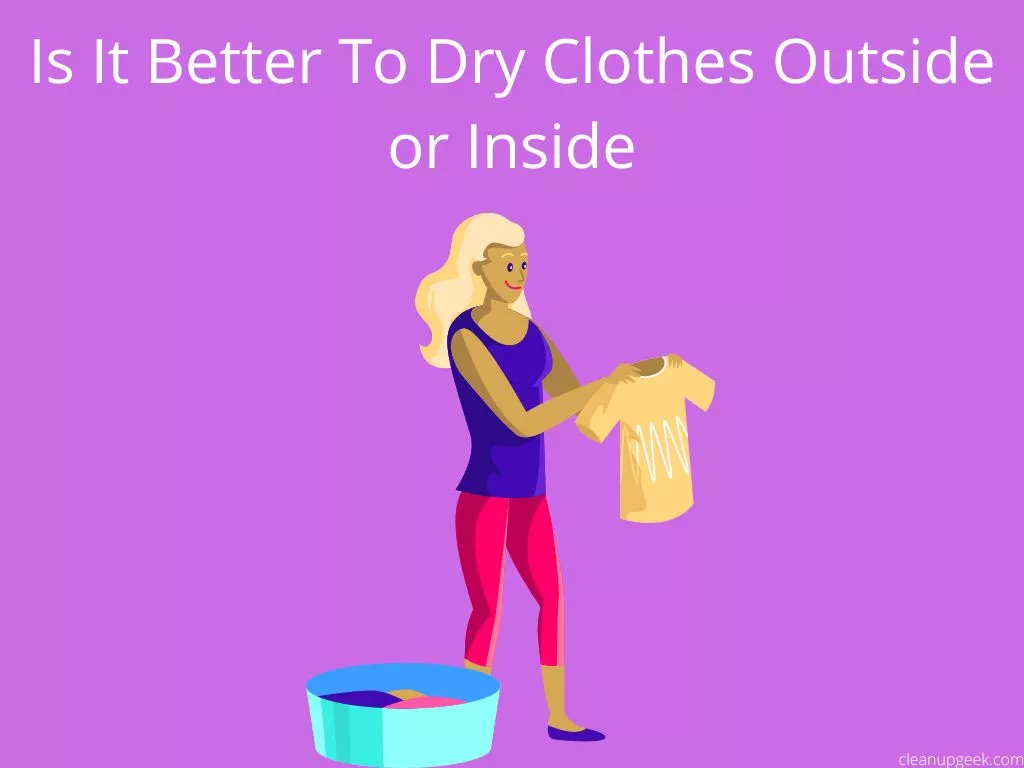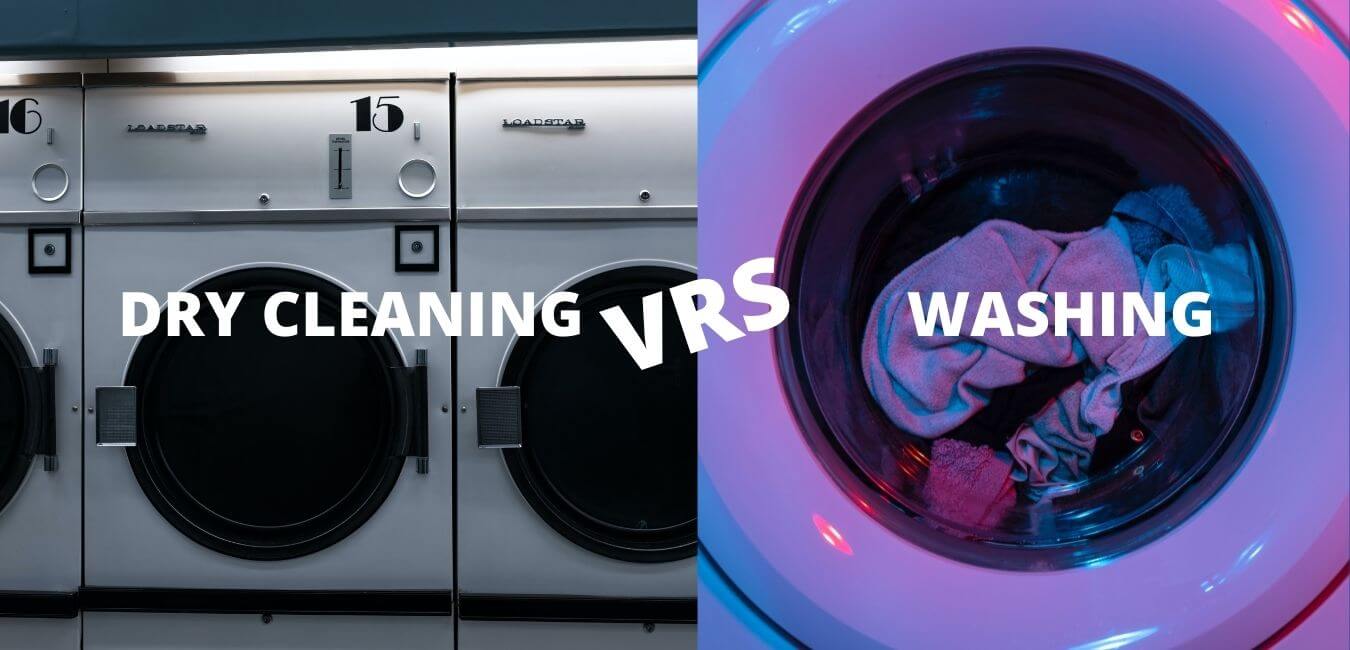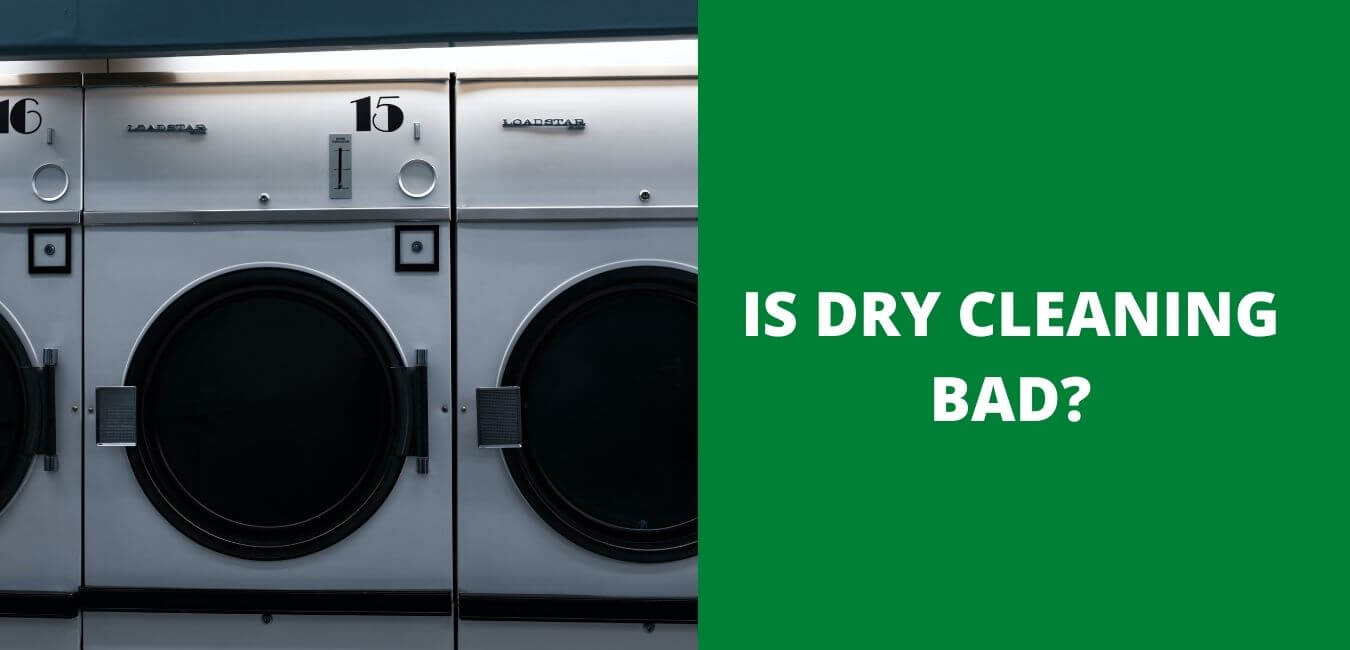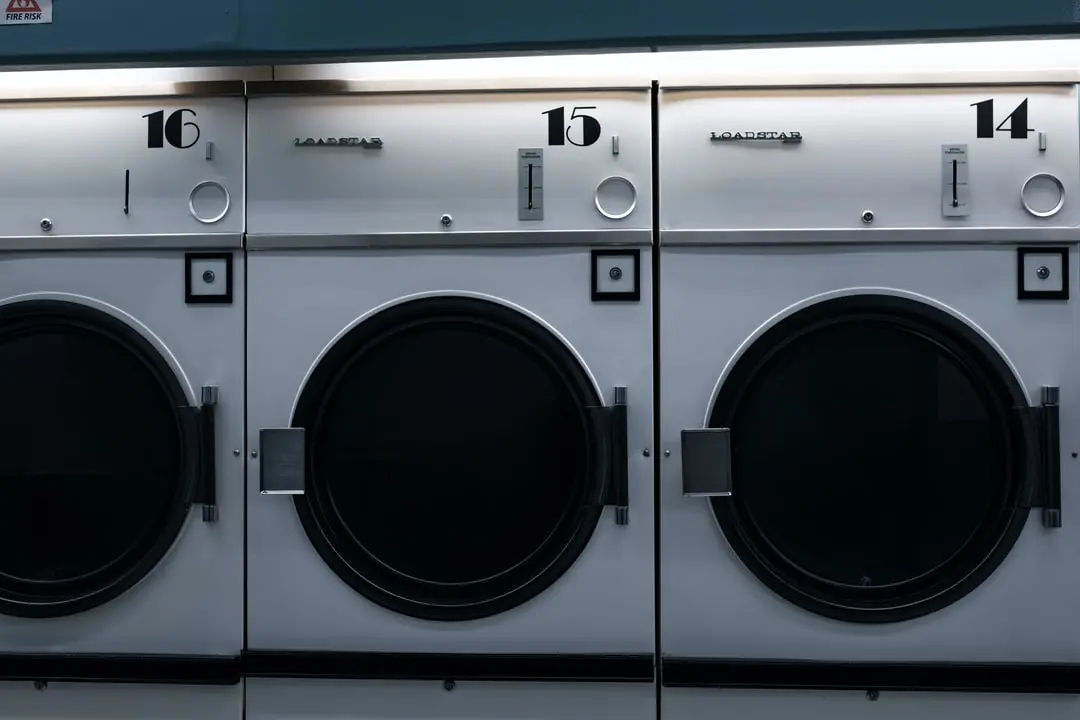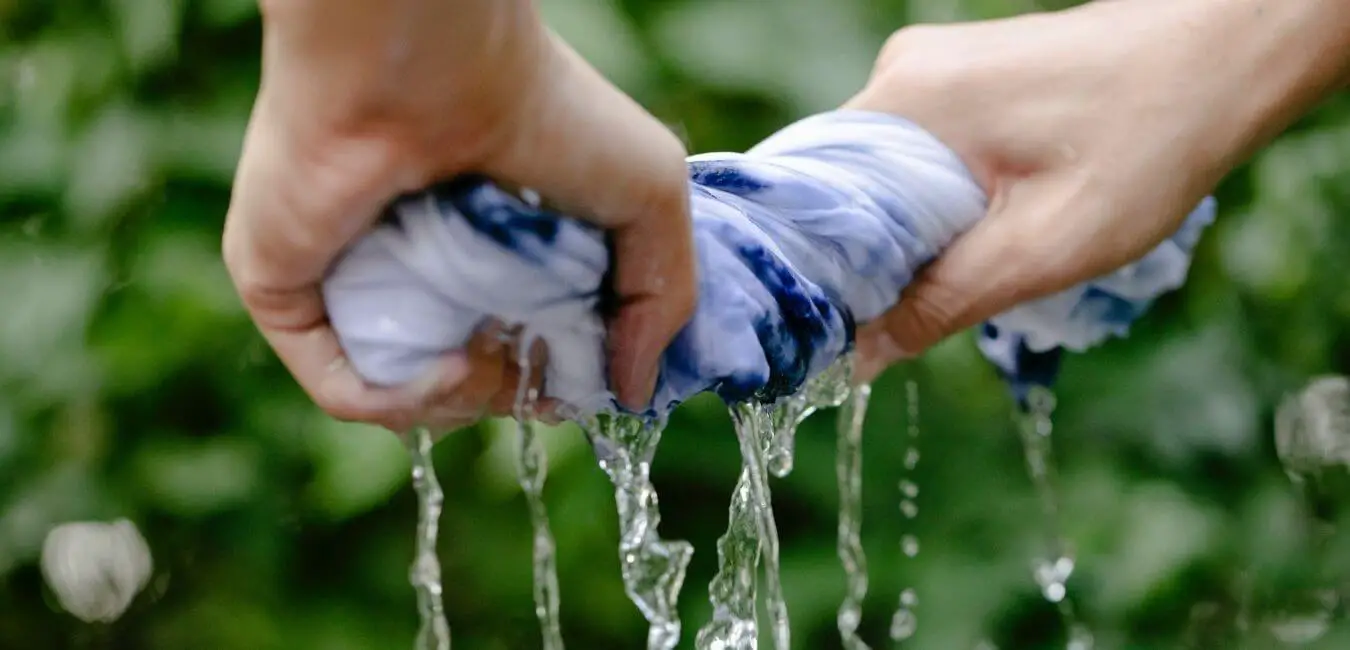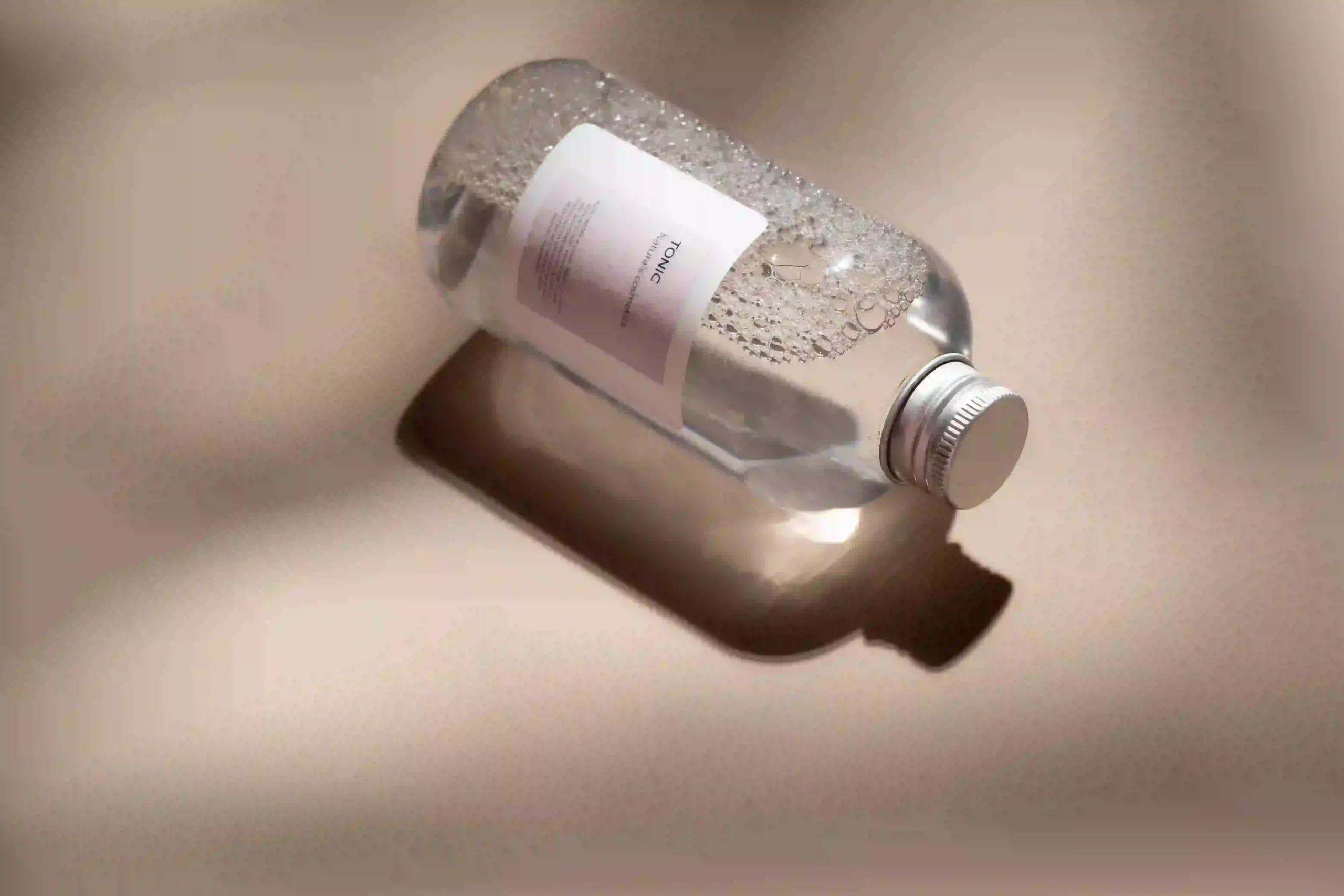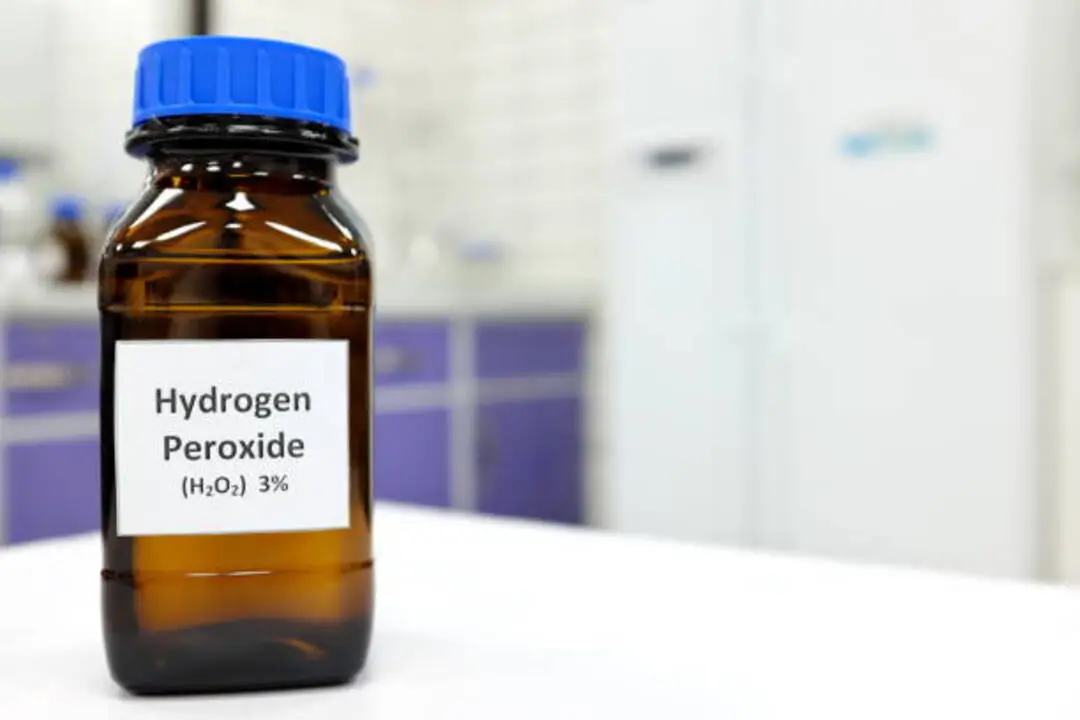Is it better to dry clothes outside or inside? There are pros and cons to both sides of the argument about whether it is better to dry clothes outside or inside.
Drying clothes outside on a clothesline is free, and you can use the sun’s natural heat to help dry the clothes. However, you have to be careful that it does not rain or snow, and your clothes will get wet if it is windy. Drying clothes inside takes longer, but they are less likely to get wet if it is raining or snowing outside.
In this blog, I have explored the various circumstances in which each of the two methods of drying clothes will be effective and efficient.
Which is Better: Drying Clothes Outside or Inside?

There is no one definitive answer to the question of whether it is better to dry clothes outside or inside. Ultimately, it depends on what is efficient and effective for you at a specific time.
However, everything held constant, I prefer drying my clothes outside because I feel like it takes less time and I can use that time to do something else. Additionally, I think it’s healthier to air out clothes than to have them sit in a warm, humid room.
Read for more information in the subsequent sections on what has informed my decision to choose to dry my clothes outside over-drying them inside or indoors. It will help you make your decision too, depending on your situation.
Drying Clothes Outside
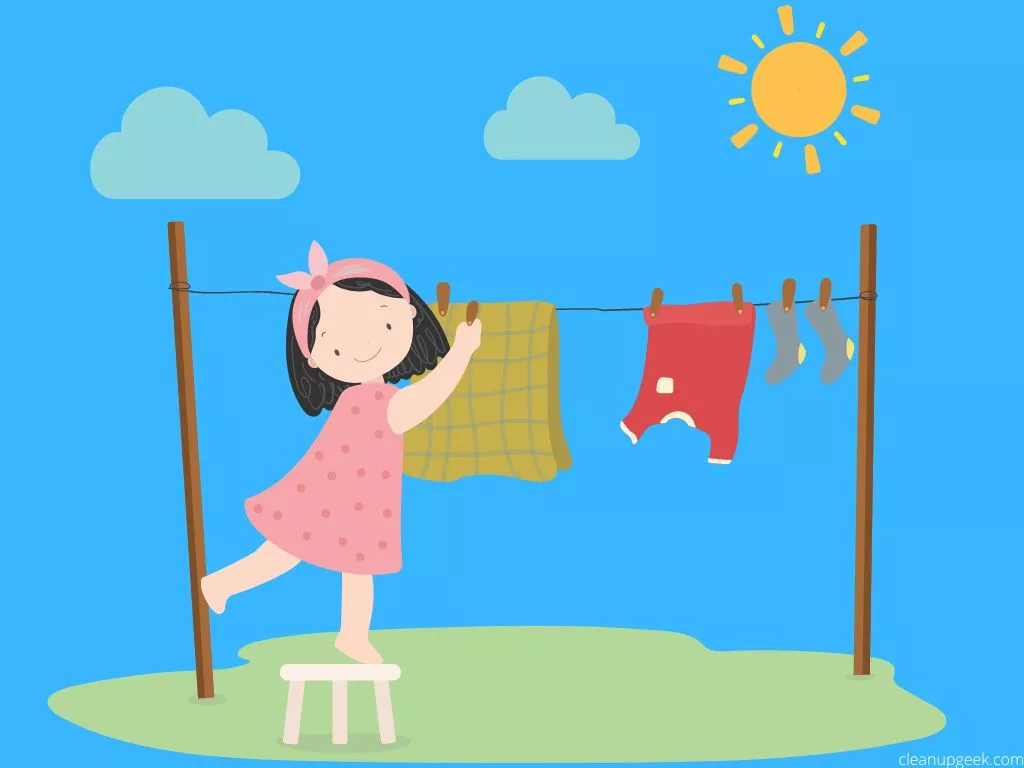
When Should You Dry Your Clothes Outside?
The best time to dry your clothes outside is when the weather is warm and sunny. The sun will help to naturally bleach and disinfect your clothes, and the warm weather will help them to dry quickly. If it’s a cloudy day or if it’s raining, then you should wait to dry your clothes outside.
How Long Does It Take to Dry Clothes Outside?
It takes between 30 minutes and 24 hours to dry clothes outside, depending on so many factors. The temperature, humidity, wind speed, and the size of the load all play a part in how long it takes for clothes to dry.
In general, if it’s a hot and sunny day, clothes will dry relatively quickly. If it’s cloudy or raining, it will take longer. And if there’s a strong wind blowing, that will also affect the drying time. Also, the type of fabric affects how long it will take to dry when you hang it outside.
Things to Avoid When Drying Clothes Outside

1. Sunlight: Direct sunlight can fade clothes and make them brittle.
Direct sunlight can fade clothes and make them brittle. The sun’s ultraviolet (UV) radiation can break down the molecular bonds in fabrics, leading to discoloration and fading. Sunlight can also cause fabrics to become stiff and less flexible over time. To protect your clothes from the sun’s damaging rays, it is important to avoid drying your clothes in direct sunlight.
2. Wind: Strong winds can cause clothes to become tangled or ripped.
Always avoid hanging your clothes outside if there is a strong wind. Instead, hang your clothes inside to avoid tangling. Due to that, I always avoid doing laundry on strong windy days because I would love to take advantage of the sunlight.
3. Hanging Clothes on Trees: Clothes hanging on trees can attract pests and birds.
One reason pests are drawn to clothes hung on trees is that they provide a shady place for the bugs to hide. Additionally, the clothes can act as a breeding ground for insects. Mosquitoes, in particular, love to lay their eggs on wet clothes.
Birds are also attracted to clothes drying on trees. They can easily snatch a piece of clothing away, or worse, build a nest out of it.
So if you’re going to hang your clothes on a tree, be sure to keep an eye out for pests and birds. Better yet, use a clothesline instead.
4. Drying Clothes Near Heating Units: Heating units can cause clothes to shrink or become discolored.
Drying clothes near heating units can cause them to shrink or become discolored. Heating units give off heat, which can cause fabrics to shrink. In addition, the heat can cause colors to fade or clothing to become discolored. For these reasons, it is usually better to dry clothes outside rather than near a heating unit.
5. Using the Wrong Type of Hanger: Hangers made of wire can damage clothes and cause them to lose their shape.
If you’re using the wrong type of hanger, you could be damaging your clothes and causing them to lose their shape. Wire hangers can snag clothing and pull on delicate fabrics. They can also crease or wrinkle clothes. Plastic hangers are a better option for hanging clothes. They won’t damage the fabric, and they hold the shape of the garment better than wire hangers.
Reasons Why You Should Dry Your Clothes Outside

Clothes drying is a process that has been around for centuries.
1. It dries your clothes faster and uses less energy.
There are many benefits to drying your clothes outside. One of the most notable benefits is that it dries your clothes faster and uses less energy. When you dry your clothes inside, the air in your home must be heated in order to dry the clothes. This can be costly and use a lot of energy.
When you dry your clothes outside, they are exposed to the natural sunlight and wind, which helps them to dry much faster. Additionally, when you dry your clothes outside, you avoid using the energy required to heat up the air inside your home.
2. It’s better for your clothes.
When you dry your clothes inside, the heat from the dryer can damage the fabric. The high heat can make your clothes shrink, fade, or even burst into flames.
Drying your clothes outside exposes them to the sun and wind. This natural drying process helps keep your clothes looking new for longer. The sun’s UV rays help bleach away any dirt or stains, while the wind helps to quickly evaporate any moisture.
3. It’s better for the environment.
When it comes to drying your clothes, the options are either putting them in the dryer or hanging them outside. While most people would say that using the dryer is faster and easier, there are a number of reasons why drying your clothes outside is actually better for the environment.
For one, using a dryer requires electricity, which can create emissions from power plants. Drying your clothes outside instead eliminates this need for electricity and results in lower emissions overall. Additionally, clothes dried outside smell fresher and last longer than those dried in a dryer.
4. It’s free.
Drying your clothes outside is the cheapest way to dry them. You don’t have to worry about running your dryer, which uses a lot of electricity, and you can save money on laundry detergent. Sun-drying your clothes also makes them smell fresh and keeps them from getting wrinkles.
Reasons Not to Dry Your Clothes Outside
Clotheslines are a great way to save energy and money, but there are some things to avoid when drying clothes outside:
1. Clothes left in the sun can fade and become brittle.
The sun is a powerful force that can cause a lot of damage. One thing people may not think about is the damage the sun can do to their clothes. Clothes left in the direct sun can fade and become brittle. The fabric can also start to break down, which can cause it to lose its shape. To protect your clothes from the sun, you should always store them in a closet or drawer when they are not worn. You can also hang them up in the shade if possible.
2. Bugs can damage clothes, and some insects, like spiders, can be dangerous.
Insects are a common part of life, and most people don’t think much of them. However, these creatures can do some damage, both to clothes and to humans. Insects like spiders can be dangerous, and they can also damage clothing by getting into the fabric and creating holes. Bugs can also stain clothes with their droppings or with sap from trees. It’s important to take steps to protect your clothing from these pests, whether it’s by using insect repellent or taking other precautions.
3. Strong winds can blow clothes off the line, or cause them to become tangled when you dry your clothes outside.
In the summer, the wind can be a nuisance when trying to dry your clothes. It can blow them off the dryline or cause them to become tangled. That is, strong winds can make the process difficult.
There are a few things you can do to make drying your clothes easier. First, try to hang your clothes in an area that is sheltered from the wind. You can also use a clothesline that is covered with a fabric shield or attach weights to the bottom of your clotheslines to keep them from blowing away. Another option is to dry your clothes indoors using a drying rack or laundry line.
4. Clothes that are dried outside can become covered in dust and dirt.
Drying clothes outside is a great way to save money on your electric bill, but it can also lead to your clothes becoming covered in dust and dirt. If you live in a rural area, the dust and dirt from the road can get on your clothes. If you live in a city, the dust and dirt from the air can get on your clothes.
5. Unreliable weather can prevent clothes from drying properly.
The weather is often unpredictable, which can be frustrating when trying to dry clothes. If it’s too cold, the clothes will not dry properly and may even become damaged. If it’s too hot, the clothes will dry quickly but may become wrinkled. There are a few ways to try and combat these problems. One is to use a clothesline instead of a clothes dryer; this will help if the weather is cold. Another option is to use a drying rack; this will help if the weather is hot. Finally, using a fabric softener can also help protect against wrinkles.
Drying Clothes Inside
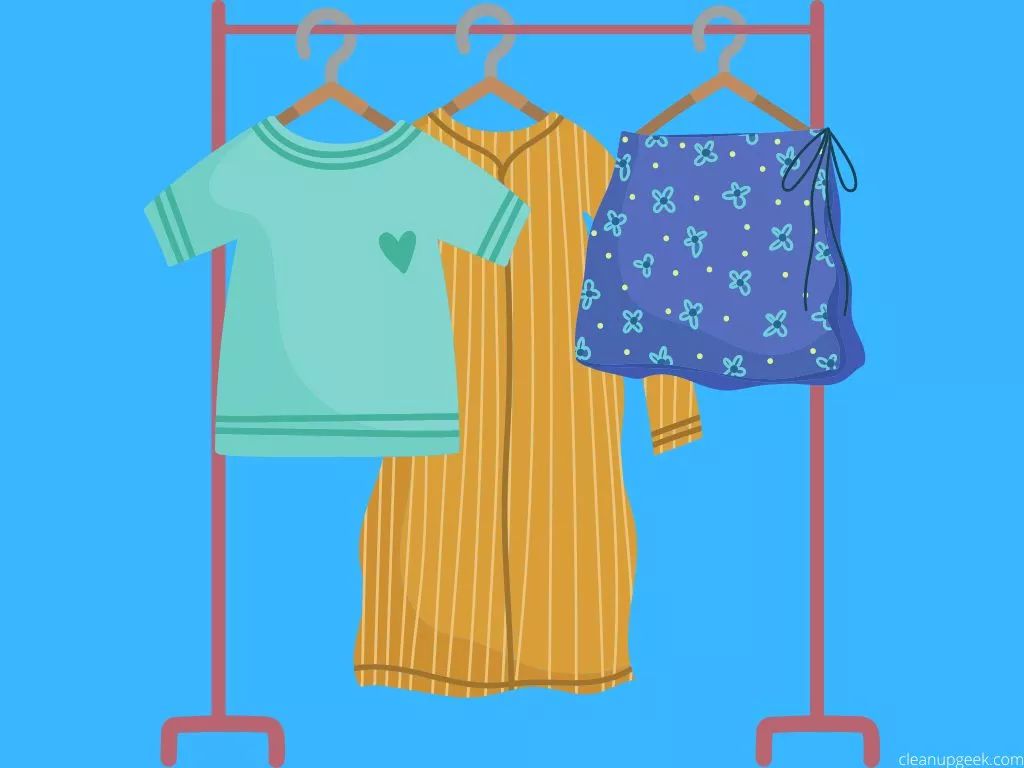
When Should You Dry Clothes Inside?
It’s not always easy to know when it’s safe to dry clothes outside. In general, you should avoid drying clothes outside when there is high wind, rain, drizzle, or pollen. If you live in an area with a lot of rain, it’s best to dry your clothes indoors. High winds can cause your clothes to fly away, and pollen can aggravate allergies.
How Long Does it Take to Dry Clothes Inside?
It is difficult to give a precise answer to the question of how long it takes clothes to dry indoors because there are so many variables involved, such as the thickness of the fabric, the temperature level, the humidity level, and the amount of moisture in the fabric.
In general, however, it will take longer to dry clothes indoors when the humidity level is high and when there is a high amount of moisture in the fabric.
Additionally, thicker fabrics will take longer to dry than thinner fabrics. With all of these factors taken into account, it is difficult to give a definitive answer as to how long it takes for clothes to air dry inside.
Mistakes to Avoid When Drying Clothes Indoors

1. Not using a drying rack or using the wrong type of drying rack
When air drying clothes indoors, it is a mistake not to use a drying rack or to use the wrong type of drying rack. A drying rack can help clothes dry faster and prevent them from becoming wrinkled. There are many different types of drying racks available, so it is important to choose the right one for your needs.
If you do not have a drying rack, you can hang clothes on a door or window frame, but this can cause them to become wrinkled. You can also hang them over a chair or on a clothing line, but these methods can take longer to dry clothes and may not be as effective at getting rid of wrinkles.
2. Not Ventilating Enough
In the winter, it’s tempting to take advantage of the warm air and dry clothes indoors. However, it’s important to ventilate your room or house enough when doing this, as it can lead to a number of problems.
One issue is that not ventilating can lead to moisture accumulation. This can cause mold growth, which can be dangerous for your health. Additionally, moisture can damage furniture and other belongings in your home.
Another problem with not ventilating enough is that the warm air can cause clothes to become mildewed or even rot. This is especially likely if you’re drying wet clothes indoors—something you should avoid, as it can also lead to moisture accumulation.
So, if you’re going to dry clothes indoors in the winter, be sure to ventilate your room or house well!
3. Drying Too Many Clothes at Once
When drying clothes indoors, it is important not to dry too many clothes at once. This is because doing so can lead to a number of problems, such as the clothes taking longer to dry, the formation of mold, and an increase in the humidity levels in the home.
One reason why drying too many clothes at once can lead to the clothes taking longer to dry is that it creates a traffic jam in the dryer. With too many clothes being dried at once, there is not enough space for each article of clothing to tumble around and dry properly. As a result, some of the clothes will become wetter than they should be, which will then make them take even longer to dry.
Another problem that can occur when drying too many clothes at once is the formation of mold.
4. Placing clothes too close to the heat source
It is a mistake to place clothes too close to the heat source when drying clothes indoors. This is because it can damage the fabric, making it less durable and potentially shrink the garment. This mistake can lead to clothes becoming scorched or even on fire. Additionally, if the clothing is too close to the heat, it can become stiff and difficult to wear.
5. Folding clothes before they are completely dry
When you fold clothes before they are completely dry, you’re actually trapping moisture inside the fabric. This can cause the formation of mold and mildew, which can be dangerous to your health. So, instead of folding your clothes prematurely, wait until they are completely dry before putting them away.
Reasons Why You Should Dry Your Clothes Inside

Drying clothes indoors has many benefits that people may not be aware of.
1. Saving energy
Drying clothes indoors saves you energy costs. You don’t need to use a dryer, but make use of the temperature and humidity in your house. The warm air inside your house will aid the drying process, thus saving you energy costs. Also, it is known that clothes are drier when they are exposed to moisture.
2. Maintaining clothing
Another reason for drying clothes indoors is to maintain their quality. This is because the heat and moisture that come from the sun can cause them to fade. This is why you should store your clothes in a dry place where they won’t be exposed to direct sunlight. Lastly, drying clothes indoors will make them last longer.
3. Reducing wrinkles
Air drying clothes indoors also helps reduce wrinkles. That is possible because heat and moisture are the main causes of wrinkles. So, you can reduce wrinkles by drying your clothes indoors. For example, you can make use of a clothesline to dry your clothes. Using the clothesline will help reduce wrinkles in your clothing by removing the moisture from them.
Reasons Why You Should Not Dry Your Clothes Inside
Drying clothes indoors can lead to a number of problems, including mold, mildew, and insect infestation.
1. Health Risks
Drying clothes indoors can cause health problems such as respiratory problems and skin irritation. When clothes are dried indoors, the moisture and humidity in the air rise. This can cause respiratory problems for people with asthma or other respiratory illnesses, and can also lead to skin irritation.
To avoid these health problems, it is best to dry clothes outdoors whenever possible. If you must dry clothes indoors, use a dehumidifier to keep the humidity level low.
2. Damage to Furniture
Drying clothes indoors can damage furniture, as well as carpets and curtains. The heat and humidity from the drying clothes will create a perfect environment for mold and mildew to grow. This can cause the furniture, carpets, and curtains to become stained or even ruined. In order to avoid this, it is best to dry clothes outdoors whenever possible.
3. Limited Space
There are many benefits to drying clothes indoors. However, one of the main drawbacks is that it can take up a lot of space. If you have a small home or limited storage space, drying your clothes indoors can be a real challenge.
Drying racks can be installed in your home, but they often take up valuable floor space. Another option is to use a drying cabinet, which can also take up a lot of space. If you don’t have room for a drying rack or cabinet, you can always hang your clothes outdoors on a clothesline. This is a great way to save energy, and it doesn’t take up any extra space in your home.
4. Molds, fungus, and bacteria growth
Drying clothes indoors can be a convenient way to reduce the amount of time it takes to complete a laundry load. However, this practice can also lead to the growth of mold, fungus, and bacteria in your home. When clothes are dried indoors, moisture is often left on surfaces such as walls, floors, and furniture. This excess moisture can provide an ideal environment for the growth of molds, fungus, and bacteria. In addition, the warm air that is used to dry clothes can also help these organisms grow.
If you must dry your clothes indoors, be sure to do so in a well-ventilated area. Additionally, use a drying rack or laundry line instead of relying on indoor heat sources to dry your clothes. By following these tips, you can help reduce the risk of mold, fungus, and bacteria growth in your home.
Check out our blog articles for information on keeping yourself and your surroundings clean!
Final Thoughts
In conclusion, there are pros and cons to both drying clothes outside and inside. It is ultimately up to the individual to decide what is best for them based on their specific needs and preferences.
Drying clothes inside can be more convenient and efficient while drying clothes outside can save money on energy costs. No matter which option you choose, make sure to air dry your clothes in a well-ventilated area to avoid mildew buildup. Thank you for reading!
